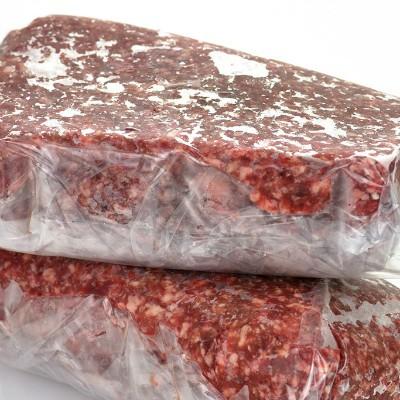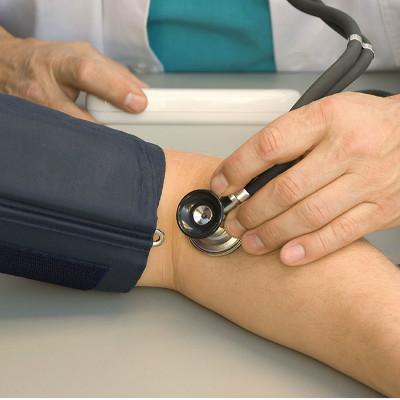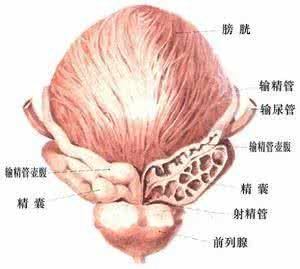What symptom does altitude reaction have?
summary
Altitude sickness, also known as altitude sickness and mountain sickness, is strictly a type of altitude sickness. It is a kind of discomfort caused by human body rapidly entering the plateau above 3000 meters above sea level and exposed to low pressure and hypoxia environment. It is a unique common disease in plateau area. The common symptoms are headache, insomnia, loss of appetite, fatigue, dyspnea and so on. What symptom does altitude reaction have? Let's talk about it
What symptom does altitude reaction have?
The speed and degree of altitude maladjustment determine the clinical manifestations of acute and moderate altitude sickness. Acute mountain sickness can be divided into three types: acute high altitude reaction, high altitude pulmonary edema and high altitude brain edema.
They can cross or coexist with each other. Chronic mountain sickness, also known as Monge disease, is rare. It mainly occurs in people who have lived on the plateau for a long time or a few people who have lived at an altitude of more than 4000 m for a long time. There are four clinical types: chronic high altitude reaction, high altitude polycythemia, high altitude blood pressure change and high altitude heart disease. Acute and chronic high altitude reaction is the lightest of acute and chronic high altitude disease.
If the symptoms of acute altitude reaction persist for more than 3 months, headache, dizziness, insomnia, memory loss, inattention, palpitation, shortness of breath, loss of appetite, dyspepsia, numbness of hands and feet, facial edema, and sometimes arrhythmia or transient syncope will occur.
matters needing attention
If the first person to enter the high mountain needs to enter the plateau above 4000m, he should generally stay at 2500-3000m for 2-3 days, and then the daily rising speed should not exceed 600-900m. After arriving at the plateau, avoid drinking and taking sedative hypnotics in the first two days, avoid heavy physical activity, and mild activity can promote habituation. Avoid cold and antifreeze, pay attention to heat preservation, advocate high carbohydrate diet.








